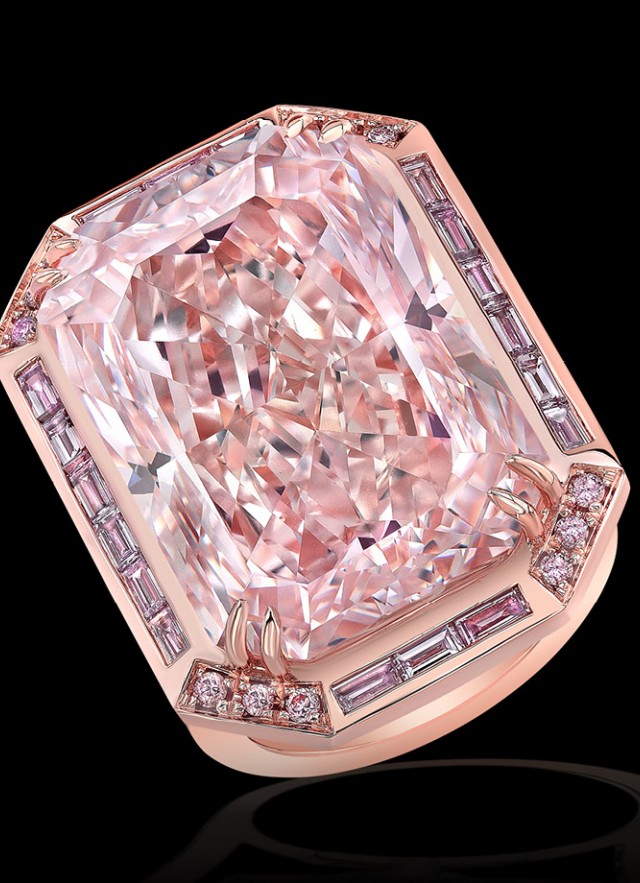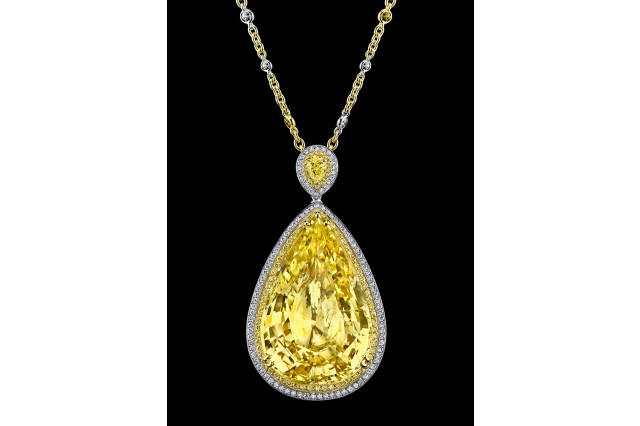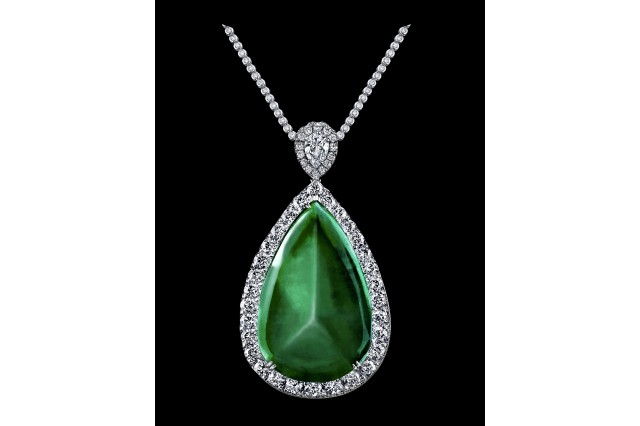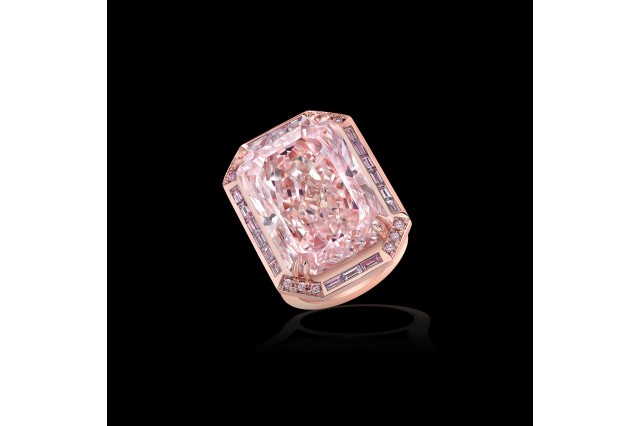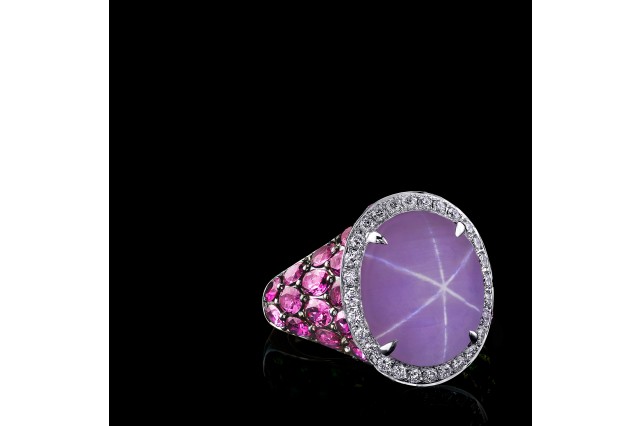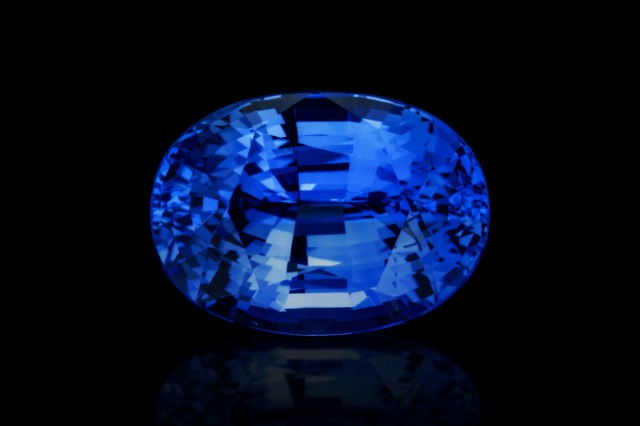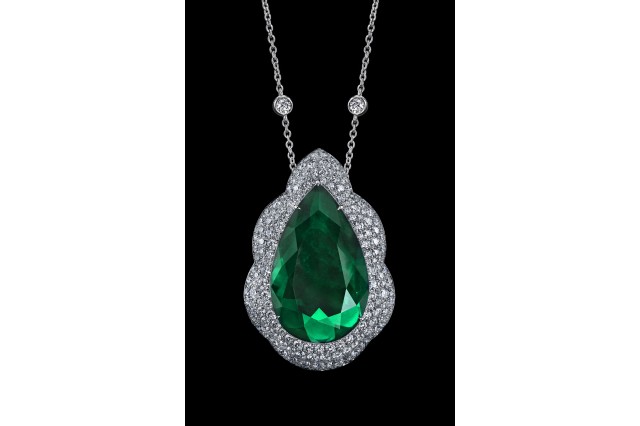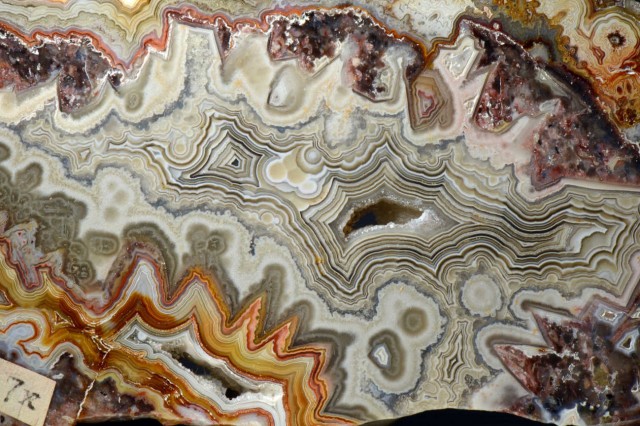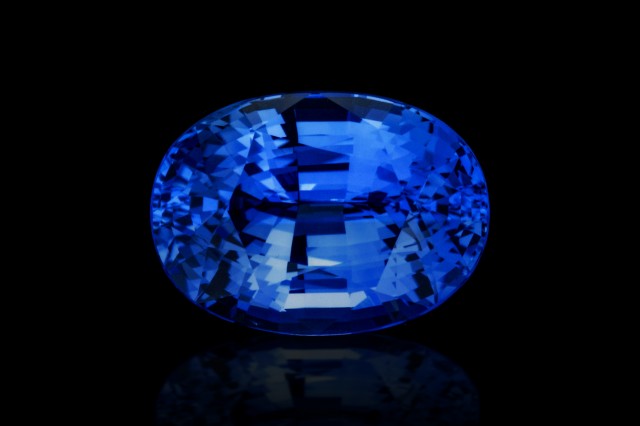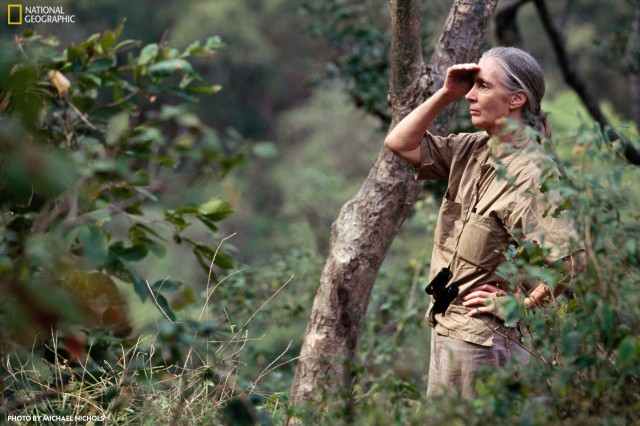General Info
-
Past Exhibition
Gems and minerals are used in a wide variety of fields, from jewelry design to scientific research in geology, chemistry, physics, and other disciplines. Enter our Gem Vault and marvel at the brilliance of over one hundred spectacular objects—necklaces, bracelets, rings, earrings, and unmounted gems—drawn primarily from the works of master jewelry designer Robert Procop—that will be on display alongside minerals from the Museum’s collection.
Enter the Vault to:
- Gaze at magnificent, one-of-a-kind jewelry pieces from designer Robert Procop.
- Find the largest green diamond in the world, one of the world’s largest pink diamonds, and a wide variety of colored fancy diamonds.
- Discover how gems are used to make jewels.
- Explore how scientists use these exceptional stones to learn about Earth processes, and in turn, gain a better understanding of how our planet works.
